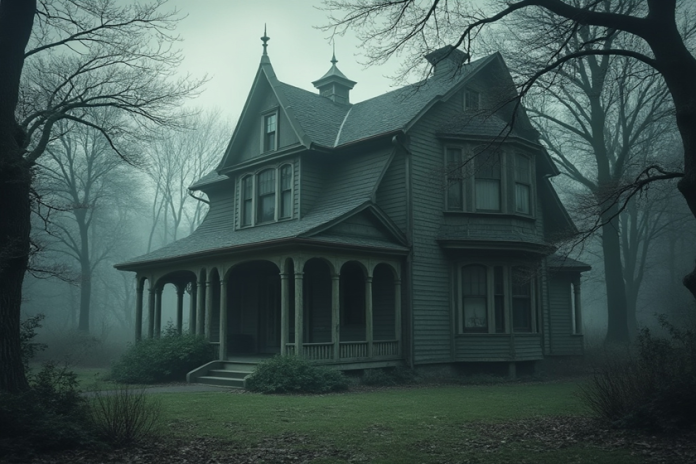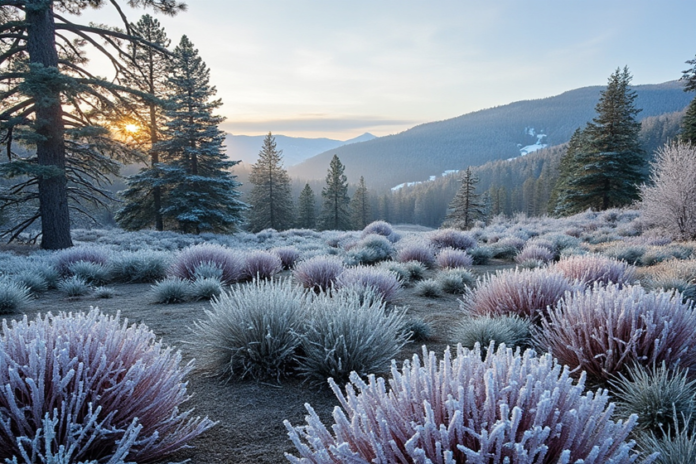The “Trail of Terror” event in Great Falls, MT, marks its 20th season in 2024, organized by the Sparkettes of Montana, a baton-twirling group. This annual event, which occurs throughout October, transforms into a fundraiser where participants can experience a haunted walk through a field featuring various spooky scenarios.
The event takes place at 47th Street and 13th Avenue South and it runs on Fridays and Saturdays in October, from 7pm to 11pm.
Tickets are priced at $20 for adults, $15 for students, and there’s a group deal at $60 for 5 people. Payment can be made via cash or card.
Participants walk a path through a field where haunted buildings and creatures lurk around every corner. This year promises to be even more terrifying than before, with themes possibly including a jail or a saloon among other eerie setups.
While specific reviews for this year’s event weren’t detailed, there’s a general consensus that suggests a mix of thrill-seekers enjoying the scare while others may find the experience too intense or chaotic.
Given the nature of an event like the Trail of Terror, it’s advisable to follow all rules posted by the organizers, which typically include not touching actors, staying on designated paths, and perhaps dressing appropriately for outdoor conditions since the event is held rain or shine.
This event not only serves as a community gathering during the Halloween season but also supports the Sparkettes of Montana, highlighting local talent in creating a spine-chilling experience with a touch of creativity and community spirit.
The Sparkettes of Montana in Great Falls is a non-profit dedicated to Baton Twirling. Offering coaching to inspire all ages!





Executive orders are not legislation in the traditional sense
Executive orders are not legislation in the traditional sense, but they do have the force of law under certain circumstances.
Here are the key points to understand about the legal status of these kinds of orders:
Legal Authority
Executive orders derive their authority from two main sources:
Force of Law
Executive orders have the force of law when they are:
Limitations
While these orders can have legal effect, they are subject to important limitations:
Differences from Legislation
Unlike laws passed by Congress, executive orders:
Judicial Review
Like statutes and regulations, executive orders are subject to judicial review. Courts may overturn these orders if they:
While executive orders are not identical to congressional legislation, they do carry legal weight within the scope of presidential authority and can significantly impact federal operations and policy implementation. Their status as “law” is contingent on their adherence to constitutional and statutory limits.
Notable examples of executive orders that have been overturned by courts:
Franklin D. Roosevelt Era
In 1935, the Supreme Court struck down five of President Franklin D. Roosevelt’s executive orders related to the National Industrial Recovery Act.
This included:
The Court found these orders unconstitutional as they exceeded the president’s authority.
Harry Truman’s Steel Seizure
In the landmark 1952 case Youngstown Sheet & Tube Co. v. Sawyer, the Supreme Court invalidated Executive Order 10340 issued by President Truman.
This order had directed the Secretary of Commerce to seize and operate most of the country’s steel mills during the Korean War. The Court ruled that Truman lacked the constitutional or statutory authority to seize private property in this manner.
Bill Clinton’s Labor Order
In 1995, a federal appeals court overturned Executive Order 12954 issued by President Bill Clinton.
This order had attempted to prevent the federal government from contracting with organizations that employed strike-breakers. The court ruled that the order conflicted with the National Labor Relations Act.
Donald Trump’s Travel Ban
Parts of President Trump’s Executive Order 13769, which temporarily banned entry to the U.S. for citizens of several Muslim-majority countries, were initially stayed by federal courts in 2017.
However, in 2018, the Supreme Court ultimately upheld a revised version of the travel ban in Trump v. Hawaii.
Other Examples
These cases demonstrate that while executive orders can be powerful tools for presidents, they are subject to judicial review and can be overturned if found to exceed presidential authority or violate existing laws.